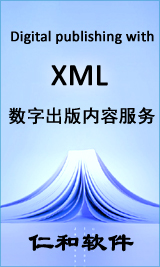Qiming DONG
,
Dongmei ZHAO
,
Ping LIU
,
Buxi KANG
,
Jinliang HUANG
材料科学技术(英文)
Age hardening in Cu-3.2Ni-0.75Si(wt pct) and Cu-1.0Ni-0.25Si (wt pct) alloys from 723 to 823 K is studied. After an incubation period strengthening appears which is due to precipitates in the Cu-1.0Ni-0.25Si (wt pct) alloy. On other hand an immediate increase of the yield strength characterizes the aging of the alloy. This is followed by the regions of constant yield strength and further by a peak. The microstructure of the alloy was studied by, means of transmission electron microscope (TEM) and X-ray diffraction (XRD). Spinodal decomposition takes place followed by nucleation of the ordering coherent (Cu,Ni)3Si particles, further precipitation annealing coherent δ-Ni2Si nucleated within the (Cu,Ni)3Si particle. Any change of the yield strength can be described by an adequate change of the structure in the sample. The nature of the aging curves with a "plateau" is discussed. The formulas of Ashby and Labusch can be used to explain the precipitation.
关键词:
Copper alloy
,
null
,
null
,
null
,
null
,
null
Physical Review B
In a recent publication [S. Dong et al., Phys. Rev. Lett. 103, 127201 (2009)], two (related) mechanisms were proposed to understand the intrinsic exchange bias present in oxides heterostructures involving G-type antiferromagnetic perovskites. The first mechanism is driven by the Dzyaloshinskii-Moriya interaction, which is a spin-orbit coupling effect. The second is induced by the ferroelectric polarization, and it is only active in heterostructures involving multiferroics. Using the SrRuO(3)/SrMnO(3) superlattice as a model system, density-functional calculations are here performed to verify the two proposals. This proof-of-principle calculation provides convincing evidence that qualitatively supports both proposals.
关键词:
thin-films;weak ferromagnetism;superlattices;anisotropy;bifeo3;srruo3;model






